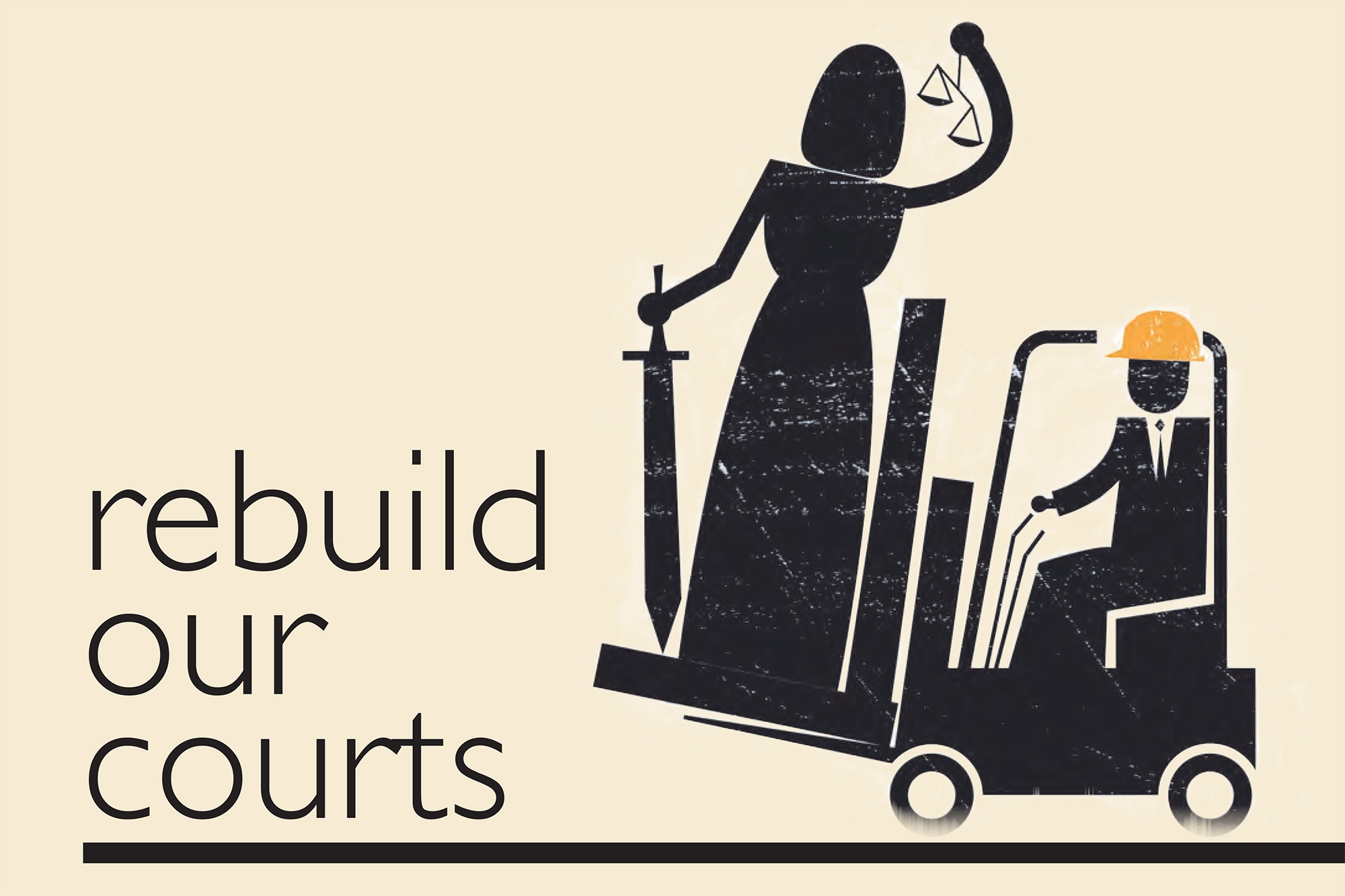 Redlines
Redlines
First, a technical distinction: an acronym is pronounced as a word (“scuba” = self-contained underwater breathing apparatus); an initialism is pronounced letter by letter (“IBM”). Informally, “acronym” is often used for […]
 Case Note
Case Note
In December 2015, the amendments to Federal Rule of Civil Procedure 26(b) took effect. These amendments, highlighted in Judicature’s Winter 2015 issue, moved the proportionality provisions from Rule 26(b)(2)(C)(iii), as a limit on discovery, […]
 Briefs
Briefs
State high courts avoid tie votes in a variety of ways, some more juris-prudent than others. Justice Antonin Scalia’s passing portends a seismic realtering of the Supreme Court’s ideological balance. […]
 Feature
Feature
Along with explosive globalization, including the ease with which parties can conduct business abroad, there has been a concomitant need for international legal systems to consider exchange of information across […]
 Briefs
Briefs
The COVID-19 pandemic forced drastic changes in the way courts operate and function. It also caused many courts to change their budgetary practices. An October 2020 survey of the Conference […]
 Redlines
Redlines
In these two examples, I have done very little rewriting. I simply used plain words and cut unnecessary words (including the egregiously unnecessary parentheticals). And in the second one, I […]
 Case Note
Case Note
Cain v. City of New Orleans (15-cv-04479) brings into sharp relief issues threatening the judiciary’s legitimacy, while simultaneously providing a procedural roadmap applying the 2015 discovery-proportionality amendments — themes highlighted […]
 Feature
Feature
by Gregory Mize and Thomas A. Balmer
Vol. 101 No. 1 (2017) | Citizen-centered CourtsMany remember the alarming call to mission control from the Apollo 13 spacecraft crew. “Houston, we’ve had a problem.” Well, dear Judicature readers, we denizens of the judicial system have […]
 Briefs
Briefs
As the Great Recession ends, judicial salaries — stagnant for most of that period — appear to be on the rise. But a long-running debate over the role of judicial […]
 Perspective
Perspective
by Eric J. Segall and Erwin Chemerinsky
Vol. 101 No. 2 (2017) | Can science save justice?On Jan. 24, 2017, the United Kingdom’s Supreme Court issued its monumental decision concerning the fate of Brexit, a legal ruling with major implications for the people of England, Europe, […]